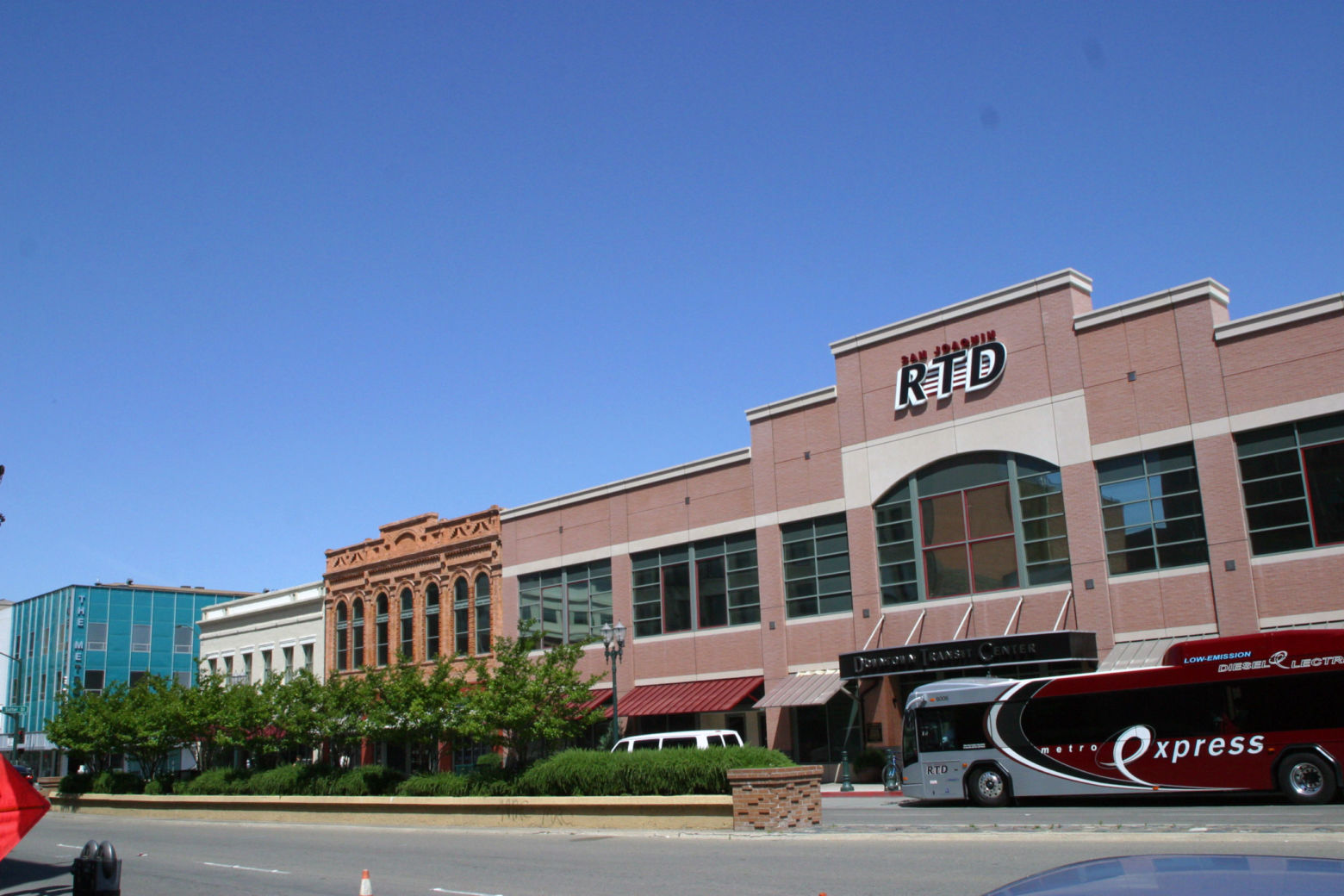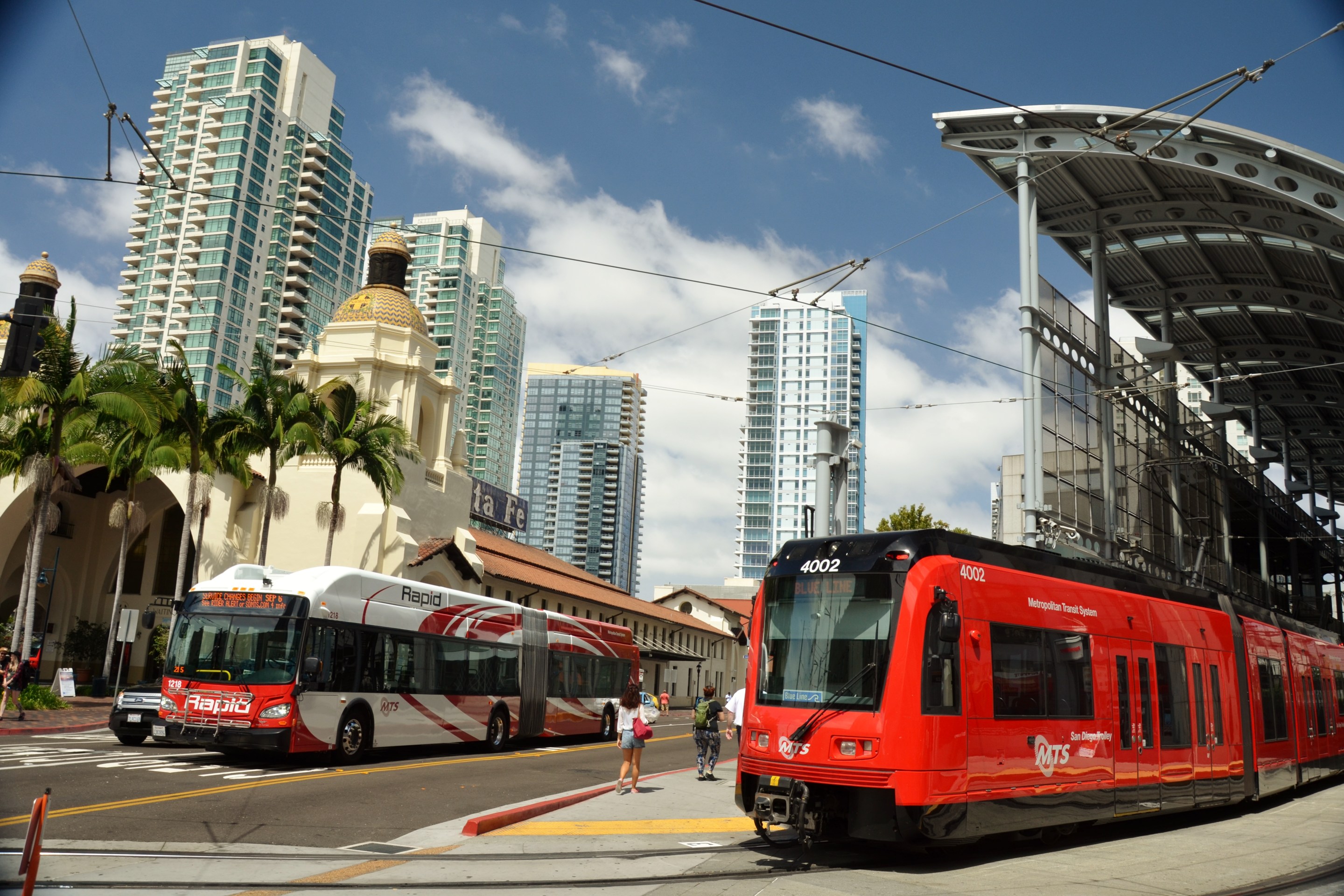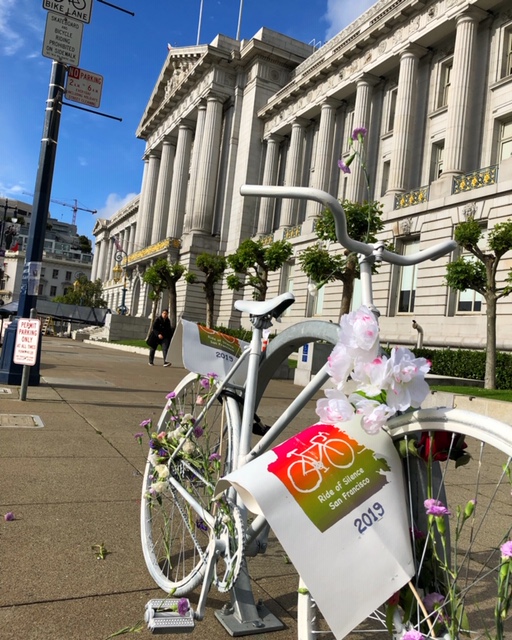
New Census data out this week shows that the bike commute rate in Portland, is higher than ever, exceeding the 7 percent threshold for the first time. Meanwhile, in the tier below Portland, about half a dozen large and mid-sized cities are neck and neck, Tom Fucoloro at Seattle Bike Blog reports:
Seattle (3.7 percent) is now in a bike commute race against Minneapolis (4.6) in the Mid-West, DC (3.9) on the East Coast, New Orleans (3.4) in the South, San Francisco (4.4) and Oakland (3.7) on the West Coast, and Tucson (3.5) in the Southwest. How cool is that?
Portland, meanwhile, cracked the 7 percent ceiling that has been taunting them for years. Among big US cities, Portland remains in a league of their own.
Unfortunately, Seattle is falling back further and further in the pack. This isn’t because biking in Seattle is falling, but because biking in these other cities is growing like crazy.
Michael Andersen at Bike Portland gets into more detail about Portland's numbers:
The latest evidence showed up Thursday in new Census Bureau estimates showing that 2014 brought the city to its highest bike-commuting rate on record: 7.2 percent.
The change falls slightly inside the statistical margin of error, so there’s something like a 5 percent chance that the increase is just a statistical anomaly. That said, it’s enough to end a five-year plateau in the city’s estimated bike-commuting rate.
According to the Census, Portland had 23,347 bike commuters last year, give or take about 3,000. That’s a 27 percent jump over the previous year’s estimate of 18,337.
Out of the approximately 14,000 additional commutes by Portland’s workforce last year, about 5,000 happened on bikes.
Census data has its drawbacks, which both Andersen and Fucoloro get into in their posts, since it only measures commuting, which only accounts for about 20 percent of total trips. Nevertheless, it's one of the best tools we have to measure changes in biking in various U.S. cities.
Biking in Portland has been growing since the 1990s, the result of intentional policies to improve the quality of bike infrastructure. Most of the cities vying for second place have also expanded and improved their bike networks in recent years.
Elsewhere on the Network today: NextSTL brilliantly mocks hyperbolic NIMBY concerns about a new trail in the St. Louis suburbs. The City Fix examines what went wrong with New Delhi's bus rapid transit project. And Sustainable Cities Collective explains how new "placemeters" can help planners better understand pedestrian behavior.





